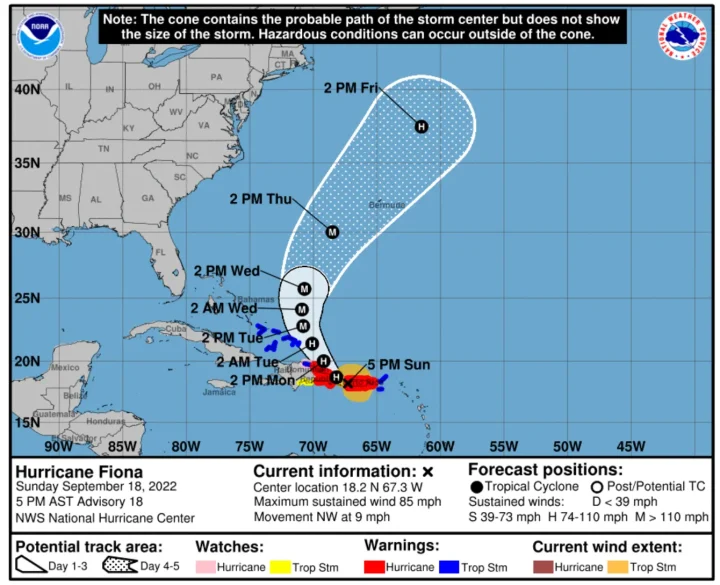by P. Gosselin, Sep 19, 2022 in WUWT
This year’s hurricane season has been unusually quiet. The USA has gotten off easy so far in terms of landfalls and damage, thus once again contradicting all the doomsday scenarios from the climate alarmists.
Mid September is usually the peak of hurricane activity. But right now it’s quiet and there are no threats to the US mainland – for the time being. Here’s the latest update from the National Hurricane Center (NHC):

…
Potential killer winter on top of acute energy crisis
On another subject, some forecasters have been projecting a milder than normal winter for Europe, which would be welcome with a red carpet due to the continent’s acute energy crisis.
However, Joe notes there are signs this may not be the case. That would mean the coming winter could become – in the current dire energy situation – the Mother of Nightmares: a bitter cold winter with energy outages. In the event of blackouts, which many experts warn have a high chance of occurring, Europe would then be facing a humanitarian and economic crisis on a scale not seen in a very long time.
“Look at what the surface maps are showing,” Bastardi says. “When you have high pressure over Greenland and Iceland, and low pressure over Spain like that, folks, that is an ugly looking situation for the winter. That is similar to 2010/11.”
…
